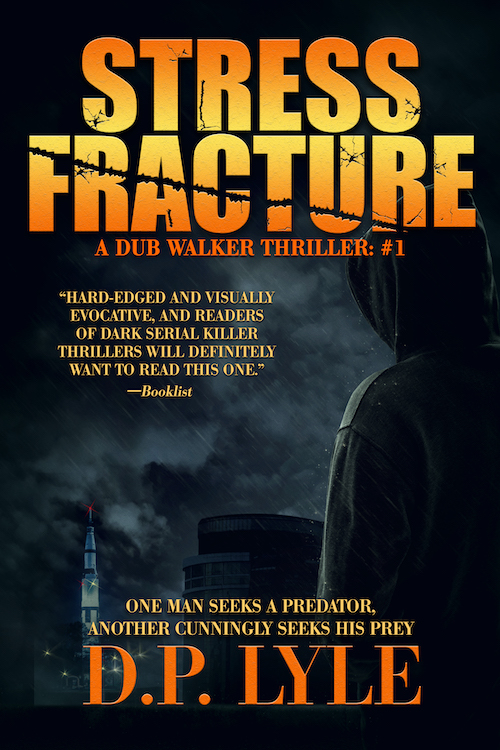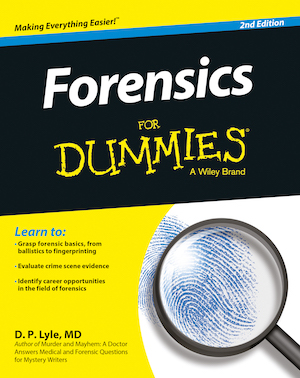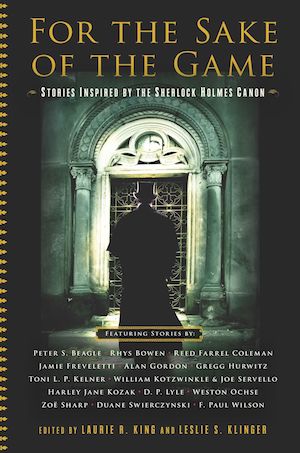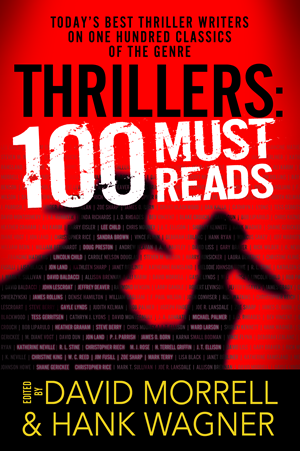Here are some typical “big-picture” problems to watch out for in your thriller or other suspense novel, then, if necessary, revise before pitching it to an agent or publishing it yourself. These types of glaring gaffes in writing, pacing, plot, or structure will bog down your story and could sink your reputation as a thriller writer. Fortunately, they can all be remedied at the revision and self-editing stages.
~ A protagonist readers can’t warm up to.
Make sure your protagonist is charismatic and sympathetic enough for readers to want to identify with for a whole novel, but complex enough, with baggage and inner conflict, so readers find him/her intriguing.
~ Overwriting. Not enough self-editing. (Verbal diarrhea)
Today’s bestselling thrillers are mostly between 70,000 and 90,000 words long. Unless you’re an absolutely brilliant writer, and experts in the business have told you so, if your manuscript is over 95,000 words long, it needs tightening up. Look for areas where you go on and on or repeat ideas or imagery and cut the repetitions.
~ Meandering writing – the main story question / problem is fuzzy or buried.
What’s the protagonist’s main goal and fear, and his main problem? This should be obvious early on and be the overriding driving force behind your whole story. Don’t let it get lost in meandering writing, too much backstory, frequent info dumps, too many characters, too many subplots, and unrelated plot details.
~ One unrelated thing after another happens
Don’t get caught up in “and then, and then, and then,” with a bunch of sub-stories or episodes that aren’t related to each other and don’t directly tie in with the main plot problem and story question. Your events and scenes need to be tied together by cause and effect. Each scene should impact the following scenes and complicate future events.
~ Dog’s breakfast
A common problem is too many characters crowding the scenes with no elbow room, and readers getting confused and frustrated trying to remember who’s who. Or maybe you have too many subplots that veer off in different directions and confuse the issue. Or a convoluted, overly complex story with too many issues and events that don’t directly connect to the main character and their overarching problem.
~ A thin plot
This is where the story line is obscure, with all kinds of unrelated happenings and way too much yak-yak dialogue that doesn’t have enough tension, conflict, or purpose. Also, often the issues aren’t serious enough and the stakes aren’t high enough. Anything that doesn’t directly relate to your major story problem, develop your characters, or drive the story forward should be revised or cut.
~ A predictable story line
Write in some twists, surprises, reversals. When a character has to make a decision or her actions cause repercussions, brainstorm for all possible consequences and choose one readers won’t be expecting. Add in reversals here and there that force a change in goals, actions, reactions, or consequences. Don’t overdo this, though, and be sure your reversal makes sense and is in character, or your readers will feel manipulated or cheated.
~ Flat scenes
When scenes are boring, it’s because there’s not enough conflict, tension, suspense and intrigue. Make sure every page has conflict and tension. Every scene needs a focal point or a “hot spot” – its own mini-climax. Also, be sure to start scenes late and end early. And don’t tie everything up with a neat little bow at the end. End with the protagonist in more trouble (most of the time), or with a cliffhanger.
~ Overkill: Nonstop action
Unrelenting car chases, explosions, and violence, with a constant break-neck pace, can numb readers. Vary your pacing, and write in some quieter moments here and there for variety and breathing space before the next onslaught.
~ Plot holes
Watch for those actions, events, character reactions, and other details that just don’t make sense for one reason or another. Look for any inconsistencies, illogical details, or discrepancies. Make sure all your story questions are answered at some point. If you’ve made changes or eliminated a character, be sure to go through and check for any latent references to the scene or character you’ve cut.
These types of gaffes are often difficult for the author to see, so this is where your critique group or beta readers can be invaluable, especially if you specifically ask them to flag anything that doesn’t make sense for any reason.
~ A sagging middle
It’s easy to get bogged down in the middle and turn it into a muddle. If you’re losing interest or inspiration, go back to where the story really grabbed you, and consider what came between that and the scene you’re at now. Can you oomph up, change, or delete the scenes in between?
~ No noticeable character arc
With the exception of many action-adventure or military stories, most compelling thrillers show the main character undergoing change, caused by the adversity they’ve gone through and the resources they had to pull out of themselves to survive or conquer evil. This is satisfying to readers, who have hopefully bonded with this character.
~ An unsatisfying ending
This can be caused by a number of factors, such as:
– The hero wins by a coincidence, act of God, or help from a minor character. We want the hero to win by his own resourcefulness, cleverness, determination, courage, and inner strength!
– The hero loses. Unsatisfying and disappointing. Leave that for literary fiction. Or if you must make him lose the last battle, make him win/gain in another way.
– Ending is too predictable. Brainstorm for possible ways to add a surprise twist at the end.
– Logic flaws – the ending doesn’t really make sense given the details supplied earlier.
– Things wrap up too tidily and suddenly. Don’t be in a hurry to finish your story – make sure all or most of the story questions are addressed and all the elements of the ending make sense.
– Things dribbling on for too long after the resolution. Know when to stop.
To remedy these kinds of gaffes, be sure to enlist some savvy beta readers who read bestselling thrillers. Then contact a well-respected freelance editor with good credentials and references to go over your manuscript.
Readers and writers – Can you think of any other big-picture errors to watch out for at the revision stage?
Jodie Renner, a freelance fiction editor specializing in thrillers and other fast-paced fiction, has published two books to date in her series, An Editor’s Guide to Writing Compelling Fiction: WRITING A KILLER THRILLER and STYLE THAT SIZZLES & PACING FOR POWER, both available in e-book and trade paperback. For more info, please visit Jodie’s author website or editor website, or find her on Facebook or Twitter.



























